#Belgian history
Explore tagged Tumblr posts
Text
Time Travel Question : Murder and Disappearances Redux
I periodically get new Death and disappearance Items. (Also ones I can't remember if we did in the 2023 poll). Since we have enough to make a poll, I'm reviving it here.
A lot of the big famous ones like Jack the Ripper, we covered in 2023. If your fave doesn't go this time, odds are it was one I remembered we already did.
As long as there is a reasonable mystery such as cause of death, reasons for murder, where they went, etc., it counts.
I will not do ones that are 21st century, because it makes me feel creepy and ghoulish. I will not do ones that are credibly definitively solved.
I refuse to do JFK. I have my reasons.
#time travel#Murder#Disappearances#Unsolved Deaths#Cold Cases#Juan de Borja#Middle Ages#The Borgias#Russian History#Rasputin#Grigori Rasputin#The Khamar Duban Incident#The Brabant killers#Nijvel Gang#Olof Palme#Swedish History#Belgian History#Isdal Woman#Isdalskvinnen#Norwegian History#Flannan Isles#lighthouse keepers#Scottish History#Jim Thompson#Malaysian History
42 notes
·
View notes
Text
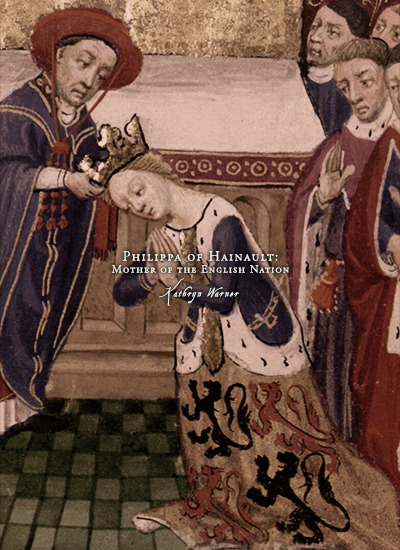

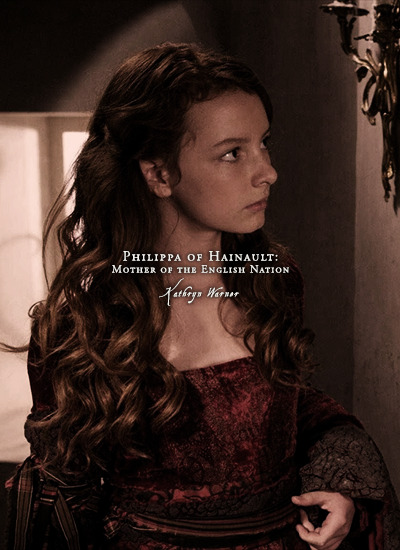


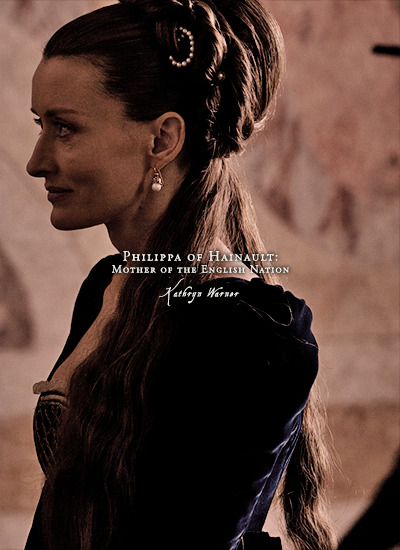
Favorite History Books || Philippa of Hainault: Mother of the English Nation by Kathryn Warner ★★★★☆
Edward III, king of England, was fifteen years old at the time of his wedding in York on 24 or 25 January 1328, and Philippa of Hainault, his bride, was perhaps fifteen months or so younger and, according to one chronicler, about to turn fourteen. Although their marriage was to endure for more than four decades and would prove to be a most happy and successful one that produced a dozen children, it could hardly have begun in a more unromantic fashion. Edward’s mother Queen Isabella had arranged her son’s marriage with Philippa’s father Willem, count of Hainault in 1326 so that he would provide ships and mercenaries for her to invade her husband Edward II’s kingdom in order to bring down the man she loathed above all others, Edward II’s adored chamberlain and perhaps lover Hugh Despenser the Younger. Just a month before his wedding to Philippa, Edward III had attended the funeral of his deposed, disgraced and possibly murdered father, the former king, at St Peter’s Abbey in Gloucestershire. Whether intentionally or not, Edward III and Philippa of Hainault married on his parents’ twentieth wedding anniversary, and on the first anniversary of the young Edward’s reign as king of England. Philippa of Hainault accompanied her husband abroad on many of his military and diplomatic missions; the couple hated to be apart for long and spent as much time together as they possibly could. Despite Philippa’s decades-long marriage to one of medieval England’s most famous and successful kings, there has only ever been one full-length biography of her, published by Blanche Christabel Hardy in 1910 and titled Philippa of Hainault and Her Times. In addition, two chapters in Agnes Strickland’s nineteenth-century work The Lives of the Queens of England cover the basics of Philippa’s life, and Lisa Benz St John’s 2012 book Three Medieval Queens examines the lives of Philippa and her two predecessors as queen of England.
#litedit#historyedit#house of plantagenet#philippa of hainaut#medieval#french history#belgian history#english history#european history#women's history#history#history books#nanshe's graphics
74 notes
·
View notes
Text

Peter Paul Rubens
Artist: Studio of Sir Peter Paul Rubens (Flemish, 1577 - 1640)
Date: c. 1620
Medium: Oil on Panel
Collection: National Gallery of Art, Washington, DC, United States
Description
With a slight tilt of his head, Peter Paul Rubens looks out at the viewer, his gaze warm yet penetrating. The image is surprisingly intimate. Rubens, a diplomat and court painter to the regents of the Southern Netherlands, Albert and Isabel, is here shown without the exquisite attire of his gentlemanly status. Instead, he wears a simple fur cloak over a black jacket and white shirt with his hair and beard curly and unkempt. Were this a more formal portrait, he would be wearing the gold chain he received when he was appointed court painter as well as the large-brimmed hat he often donned in self-portraits to hide his baldness. The remarkable informality suggests that a close associate of the master, probably a member of his workshop, executed the Gallery's painting.
This attribution is supported by technical and stylistic evidence. Analysis of the ground and imprimatura layer reveals a manner of preparation consistent with that of Rubens and his workshop. Technical examination of the tree rings in the panel further indicates that it was available for use around 1620, a date that accords well with Rubens's apparent age, 43. However, certain weaknesses in the modeling of the ears and lips, which lack real form and structure, and the surprisingly coarse brushstrokes found in the hair and fur cloak have made it difficult to identify a specific hand, but clearly not the hand of the master himself.
#portrait#peter paul rubens#flemish artist#man#cloak#belgian art#belgian history#17th century painting#oil on panel#flemish art#national gallery of art
9 notes
·
View notes
Text
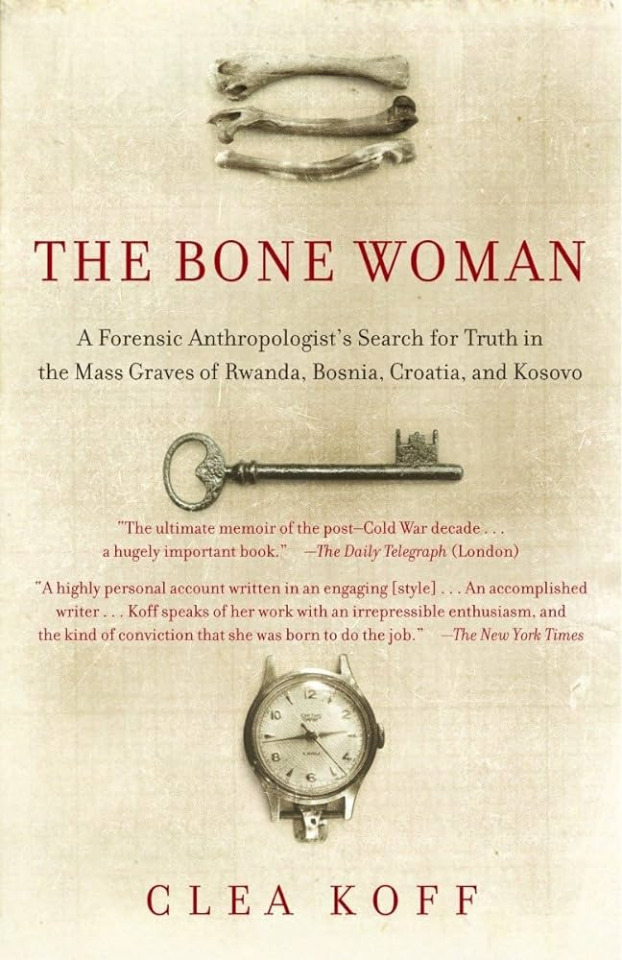

In occasion of the 30th anniversary from the Rwandan genocide I couldn't refrain from presenting you with this book I read a couple of years ago. It's a memoir/report by Clea Koff, a forensic anthropologist, who worked on the mass graves of the most important massacres in recent history: Rwanda, Bosnia, Croatia, Kosovo.
From Penguin Random House Canada:
Published ten years after the genocide in Rwanda, The Bone Woman is a riveting, deeply personal account by a forensic anthropologist sent on seven missions by the UN War Crimes Tribunal. To prosecute charges of genocide and crimes against humanity, the UN needs proof that the bodies found are those of non-combatants. This means answering two questions: who the victims were, and how they were killed. The only people who can answer both these questions are forensic anthropologists. Before being sent to Rwanda in 1996, Clea Koff was a twenty-three-year-old graduate student studying prehistoric skeletons in the safe confines of Berkeley, California. Over the next four years, her gruelling investigation into events that shocked the world transformed her from a wide-eyed student into a soul-weary veteran — and a wise and deeply thoughtful woman. Her unflinching account of those years — what she saw, how it affected her, who went to trial based on evidence she collected — makes for an unforgettable read, alternately riveting, frightening and miraculously hopeful. Readers join Koff as she comes face to face with the human meaning of genocide: exhuming almost five hundred bodies from a single grave in Kibuye, Rwanda; uncovering the wire-bound wrists of Srebrenica massacre victims in Bosnia; disinterring the body of a young man in southwestern Kosovo as his grandfather looks on in silence. As she recounts the fascinating details of her work, the hellish working conditions, the bureaucracy of the UN, and the heartbreak of survivors, Koff imbues her story with an immense sense of hope, humanity and justice.
I also recommend you watch the video and read the articles and posts I shared earlier on my blog to better understand how this horror came to be:
Rwanda: From colonialism to genocide (documentary + article)
Emmanuel Macron's declarations
Some other book recommendations:
[FR] Maria Malagardis, "Avant la nuit"
[FR] Dorcy Rugamba, "Hewa Rwanda: Lettre aux absents"
Fiston Mudacumura, "Born Hutsi: My Imbroglio"
Thank you for your attention.
#my posts#book recommendations#Clea Koff#Rwanda#Rwandan genocide#20th century#1994#30th anniversary#The Bone Woman#long post#links#colonialism#19th century#German history#Belgian history#Germany#Belgium#Maria Malagardis#Dorcy Rugamba#Fiston Mudacumura#littérature#Frenchblr
16 notes
·
View notes
Text

Leopold I, King of the Belgians (1790-1865)
Artist: Franz Xaver Winterhalter (German, 1805-1873)
Date: 1846
Medium: Oil on canvas
Collection: Royal Collection Trust, United Kingdom
Descriptio
Winterhalter was born in the Black Forest where he was encouraged to draw at school. In 1818 he went to Freiburg to study under Karl Ludwig Schüler and then moved to Munich in 1823, where he attended the Academy and studied under Josef Stieler, a fashionable portrait painter. Winterhalter was first brought to the attention of Queen Victoria by the Queen of the Belgians and subsequently painted numerous portraits at the English court from 1842 till his death.
Leopold I was Queen Victoria's beloved uncle. He commissioned Winterhalter to paint this portrait of himself to give to his niece as a birthday present. He wears the uniform of a Colonel in the Belgian Cuirassiers, with the ribbon and star of the Garter and that of the Order of Leopold, and badges of the Fleece and Iron Cross. In a letter to the Queen, Leopold is amused by how the artist has given him an air of Napoleon which he trusts would be modified. The Queen responded by proclaiming how precious the painting was to 'your child'. The third surviving son of Franz Friedrich Anton, Duke of Saxe-Coburg-Saalfeld; uncle of Queen Victoria and Prince Albert, he married Princess Charlotte in 1816 although she was to die only one year later. In 1830 he accepted the invitation from the newly independent Belgians to be their king and in 1832 married Louise-Marie of France, the eldest daughter of King Louis Philippe.
#portrait#leopold i#standing#colonel#belgian cuirassiers#badges#ribon#soldier uniform#belgian#full length#king of the belgians#franz xaver winterhalter#german painter#belgian history#german art#european#sword#hat#artwork#oil on canvas#oil painting#european art
5 notes
·
View notes
Text

Double virginal
Flemish, c. 1600
rayeshistory.com
11 notes
·
View notes
Text









I’d wanted to share this story for a while, so today I drew it. Four days before Christmas, in the middle of a brutal war, human kindness. The bit with the newspaper is simplified for the demands of the medium: what Hanlon wrote was actually a response to an article that had mentioned Hemroulle, and that the villagers had never gotten their sheets back. Sources under the cut:
Caddick-Adams, Peter. “Snow and Steel: The Battle of the Bulge, 1944-45.” Oxford University Press, 2015.
“John D. Hanlon Collection.” Winchester Archival Center. Web. Hanlon, John. “US Soldiers Protected by the Sheets of Hemroulle.” Boston Globe, 1947, reprinted by Daily Times Chronicle, 2015, web.
3 notes
·
View notes
Text
ELISABETH SAXE-COBURG // PRINCESS OF BELGIUM
“She is the heiress apparent to the Belgian throne and the Duchess of Brabant. The eldest child of King Philippe and Queen Mathilde, she was elevated to the duchy after her grandfather Albert II abdicated on 21 July 2013. She undertook military training in 2020 and was made second lieutenant. Elisabeth volunteers to help children with learning difficulties, the elderly, the homeless and disabled people.”


0 notes
Text

"ON ATTEND UN MIRACLE DE LA VIERGE," Le Petit Journal (Montreal). January 8, 1933. Page 1. ---- Le plus grand émoi règne dans la petite ville de Beauraing, en Belgique. Dix mille personnes attendent incessamment un miracle de la Vierge. Cinq enfants assurent que chaque jour, au crépuscule, l'Immaculée-Conception leur apparaît. A l'heure des apparitions, les enfants seuls étant admis, ainsi que les malades, les religieuses les attendent auprès d'une petite grille dérobée, tandis que la grande foule attend près de l'entrée principale, théâtre des apparitions. C'est cette scène que la photographie ci-haut représente. Le lecteur trouvera en page 4 une curieuse relation de ces faits extraordinaires.
#beauraing#belgium#belgian history#marian apparitions#notre-dame de beauraing#the great depression#interwar period#virgin mary#pilgrimage site#pilgrims#roman catholic church#popular catholicism
0 notes
Text
I'm in the back of my parents' car as we're driving on the motorway from their town to mine. In the middle, between those going north and those going south, there is a strip of trees. It is, perhaps, the smallest forest in the world, one that doesn't get any visitors.
Known as the White Children's Forest, it is in memory of all killed, lost, and kidnapped children, a living monument to remind those who drive past of what is, perhaps, the darkest spot in recent Belgian history. One I lived through myself as a young child.
As I stare out the window at these trees, some of which have started sprouting their first leaves of spring, I notice how here and there, birds' nests are tucked away between their branches. They leave me in two minds. Here, hidden away in this stark representation of one of our greatest societal wounds, is the start of new life. But I cannot help but wonder whether it should sadden me that such beautiful creatures are made to build their homes surrounded by the sounds and smells of racing cars.
0 notes
Text






Favorite History Books || Godfrey of Bouillon: Duke of Lower Lotharingia, Ruler of Latin Jerusalem, c. 1060-1100 by Simon John ★★★★☆
The warrior whose statue dominates the Place Royale, then, is Godfrey of Bouillon. By any estimation, Godfrey was a significant historical figure. He was born around 1060, and was the second son of the count of Boulogne, an important figure in northern France and the surrounding regions. Through his maternal ancestry, Godfrey was a member of a prominent dynasty in Lotharingia, the westernmost region of the Western Empire. During his career, he attained the office of duke of Lower Lotharingia, in which capacity he was active in regional politics. In 1096, he set out at the head of a large army on the First Crusade, and, after its forces captured Jerusalem in July 1099, he was selected as the ruler of the incipient Latin polity centred upon the Holy City. Godfrey ruled in Jerusalem for a year, before dying after a brief illness on 18 July 1100. Godfrey came to enjoy rich fame after his death. In the Middle Ages, he was enshrined as the hero of the First Crusade, and his name became shorthand for the entire crusading ‘movement’. He also came to be regarded as an icon of chivalry, and was often held up as an epitome of aristocratic values and martial virtues. His reputation continued to develop in the early modern and modern periods. Crucially, however, the various portrayals of Godfrey produced between his death and the present day are generally more revealing of the social, cultural, and political contexts in which those portrayals were created than they are of Godfrey’s own career and epoch. The aforementioned statue of Godfrey in Brussels, for example, sheds more light on the preoccupations of mid–nineteenth-century Belgium than it does on the life of the historical figure whom the statue purports to depict. The ‘historical’ Godfrey and the later traditions which surround him are enmeshed so tightly that it is not a straightforward task to unravel them. Even the most rigorous and influential modern historians have sometimes discussed Godfrey’s life in the light of his later status as a hero of the First Crusade and paragon of chivalry. As a result, many aspects of Godfrey’s life have been misconstrued in the past few generations of scholarship.
#historyedit#litedit#godfrey of bouillon#belgian history#french history#european history#asian history#medieval#house of flanders#history#history books#nanshe's graphics
15 notes
·
View notes
Text
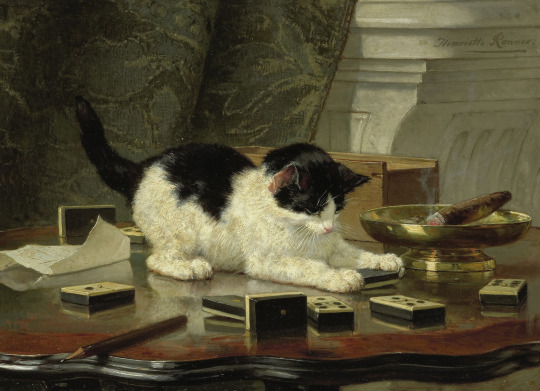
Kitten's Game, Henriëtte Ronner-Knip, 1860s or 1870s
#art#art history#Henriëtte Ronner-Knip#female artists#animalier#animals in art#cat#cats#kitten#genre painting#genre art#Dutch art#Dutch-Belgian art#19th century art#oil on panel#Rijksmuseum
2K notes
·
View notes
Text

Woman Arranging a Bouquet of Flowers, by Fernand Toussaint (1873-1956). Undated. Oil on canvas.
669 notes
·
View notes
Text

Remembrance
Pierre Olivier Joseph Coomans
#Pierre Olivier Joseph Coomans#belgian art#neoclassicism#art#painting#art history#portrait#19th century#1800s#melancholic
2K notes
·
View notes
Text
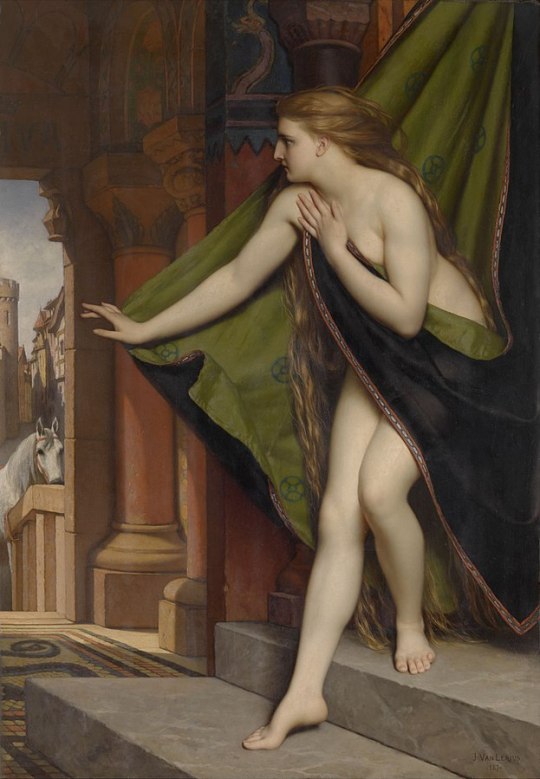
Jozef Van Lerius (1823-1876) "Lady Godiva" (1870) Oil on panel Located in the Royal Museum of Fine Arts Antwerp, Antwerp, Belgium
#paintings#art#artwork#history painting#folklore#jozef van lerius#oil on panel#oil on wood panel#fine art#private collection#belgian artist#female portrait#female figure#portrait of a woman#horse#horses#animals#blond hair#blonde#1870s#late 1800s#late 19th century
578 notes
·
View notes
Text

Son of Dog
#my art#art history#the painter of the original was from Belgium#belgian malinois#illustration#digital art
367 notes
·
View notes